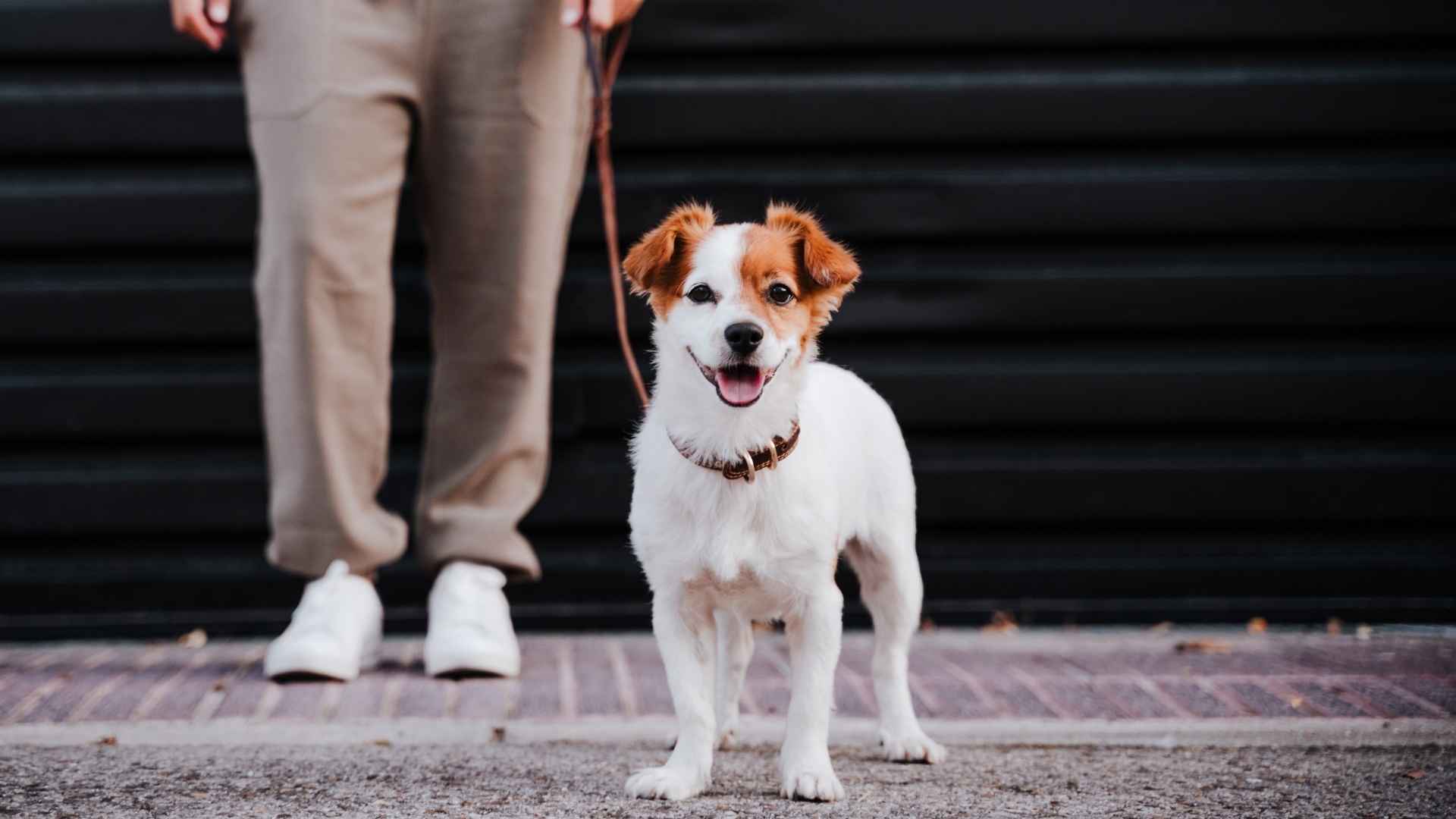Some dogs seem built for motion, like they’d chase a breeze just for the heck of it. And there’s actual data behind that feeling.
A UK survey found that nearly 90 percent of dogs in certain working groups get exercised at least once a day, compared to less than 80 percent for smaller breeds. That tells you these pups aren’t just active to please you—they genuinely need that kind of daily hustle.
What this really means is we’re talking about dogs who aren’t content with lounging around. They thrive on motion, whether it’s running, working, or exploring every corner of their surroundings. For them, staying still isn’t an option—it’s just not in their DNA.
Dog breeds that are almost always on the go
Here are the most common breeds:
1. Weimaraner
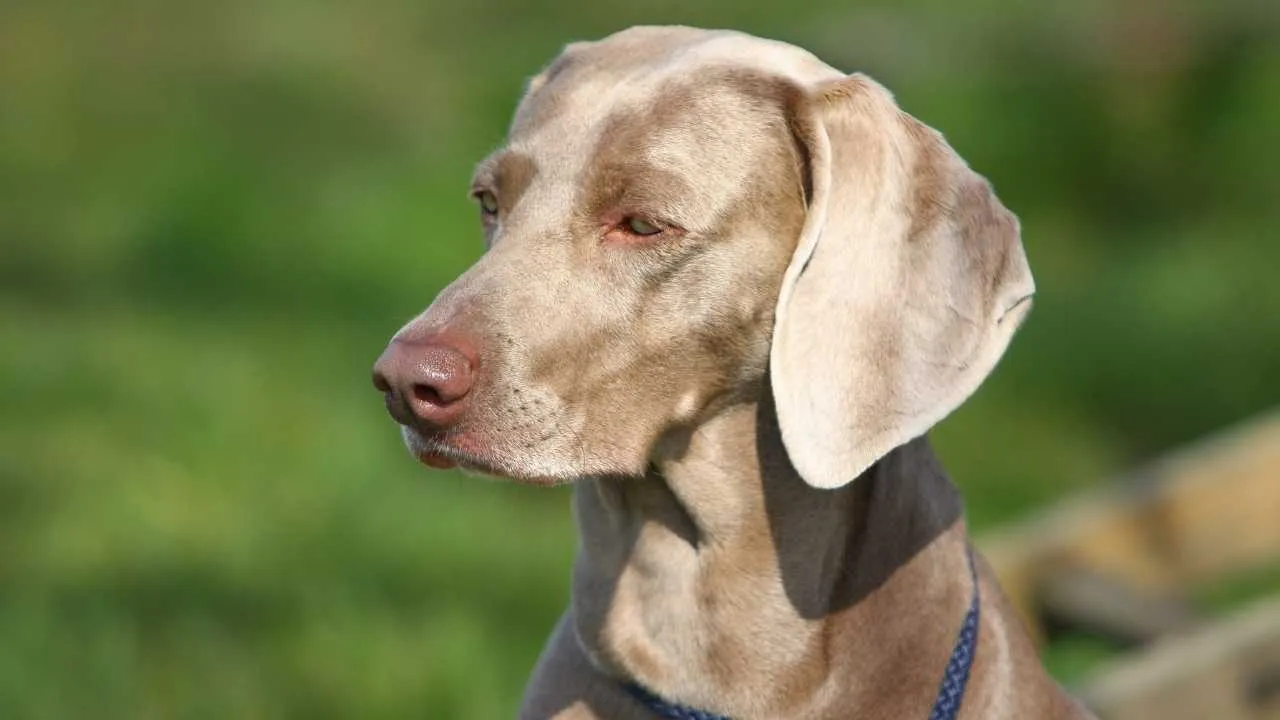
If you’re after a dog that won’t tap out halfway through your weekend hike, the Weimaraner might be your match.
Originally bred as a hunting companion, this high-energy level breed demands more than a quick lap around the block. This is a dog that needs purpose, room to run, and someone who won’t flinch at the word “marathon.”
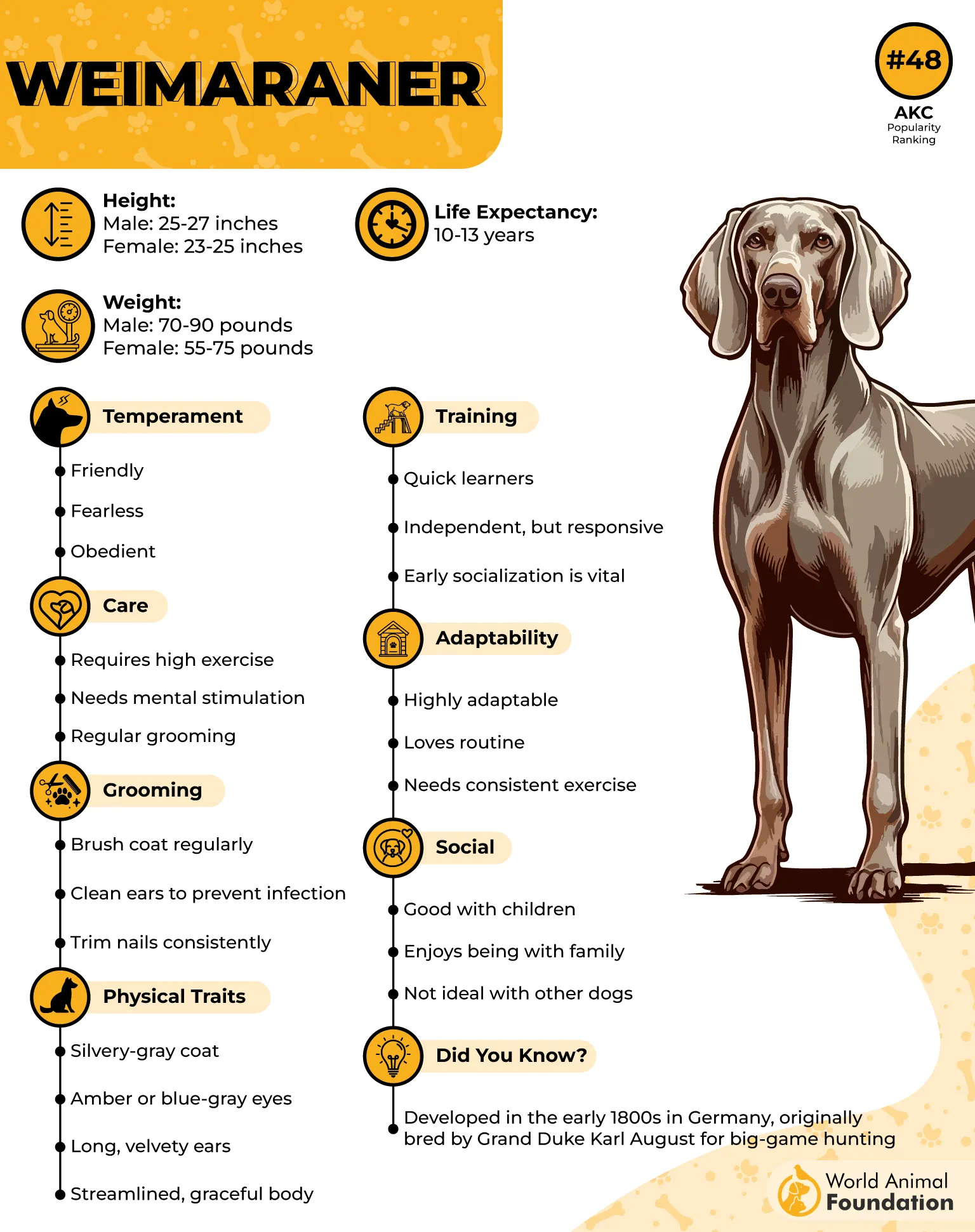
Energy & Daily Activity Needs
Requires at least 2 hours of vigorous exercise every single day.
Best suited for outdoor activities like running, swimming, or fetch in secure areas.
Puppies need carefully managed play to protect growing joints.
Training & Mental Engagement
Intelligent dogs that learn fast but may resist without consistent direction.
Strong prey drive demands firm leash training and a fenced yard.
Known to be alert barkers, especially when something feels off.
Lifestyle & Breed Characteristics
Nicknamed the “Gray Ghost” for their sleek coat and silent movement.
Extremely loyal and can have separation anxiety if left alone too long.
Not ideal for first-time owners or anyone living a low-key, indoor life.
2. German Shorthaired Pointer
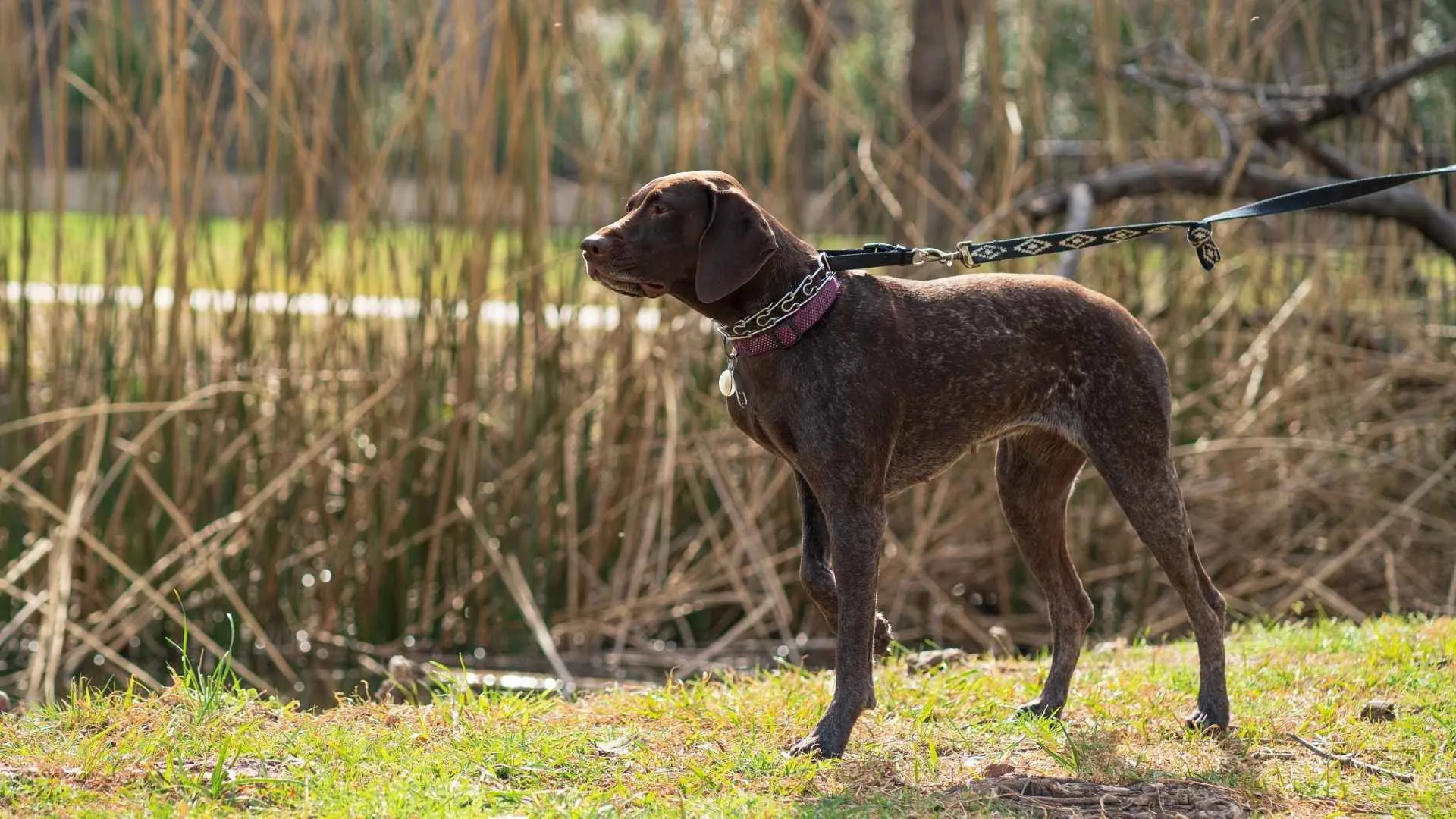
There’s no such thing as a lazy day with a German Shorthaired Pointer. According to PetMD, these athletic dogs were originally bred for hunting, which means they come hardwired with serious stamina and drive.
Whether it’s sprinting across open fields or zigzagging through an agility course, a GSP is all in. But here’s the thing — without a daily challenge, they’ll create their own “fun,” and that often means shredded shoes or chewed-up furniture.
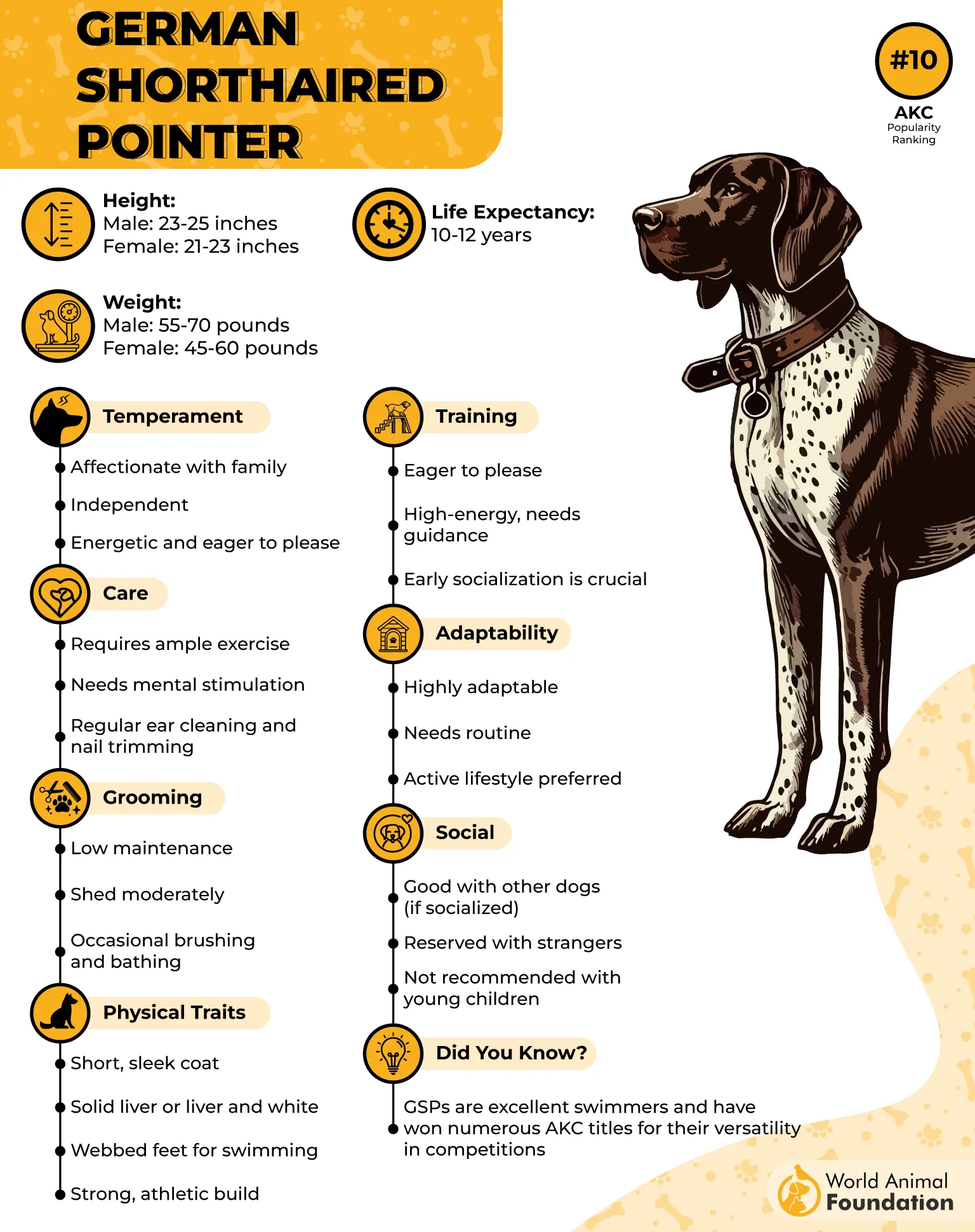
Energy & Daily Activity Needs
Easily bored without movement, making interactive toys essential for indoor downtime.
Training & Mental Engagement
Among the most highly trainable breeds, but they can be strong-willed.
Benefits from early basic training with a consistent, upbeat approach.
Responds well to obedience challenges and scent-based work.
Lifestyle & Breed Characteristics
Medium-sized frame packed with muscle and endurance.
Short coat is low-maintenance but sheds, not ideal for allergy-prone households.
3. Border Collie
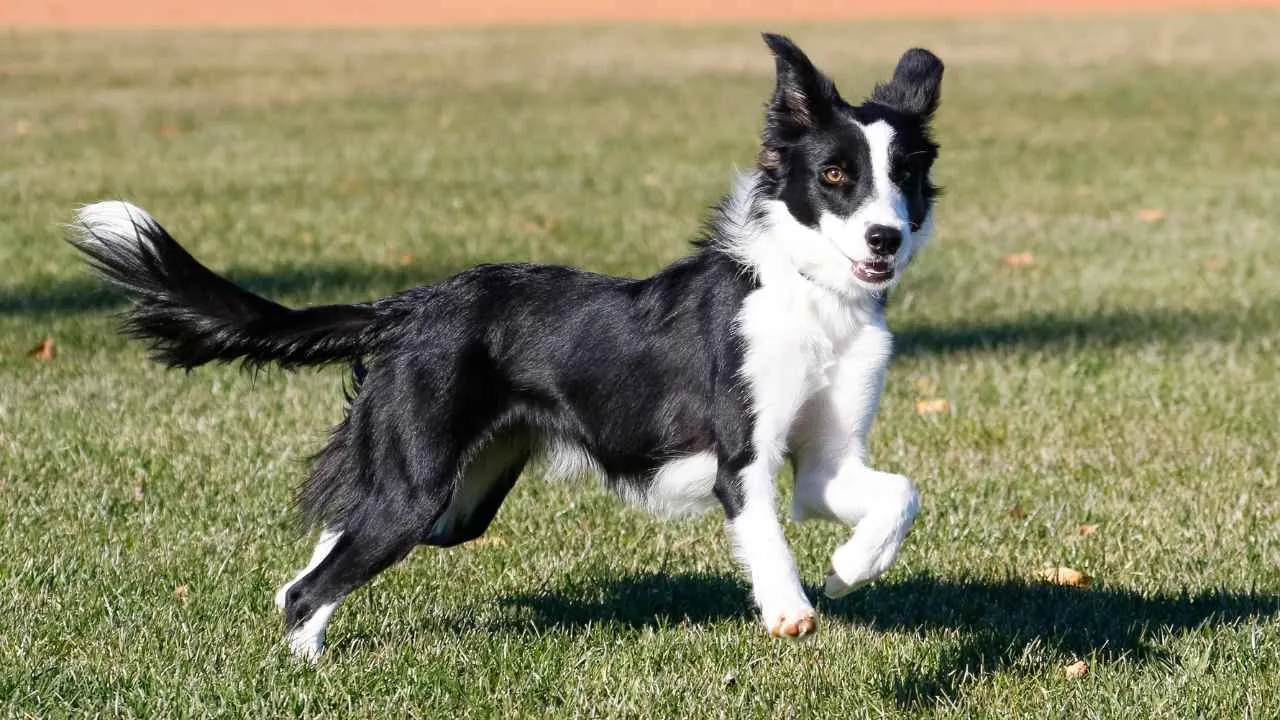
There’s “active,” and then there’s Border Collie active—a whole different level. These fun-loving, focused dogs aren’t here for a leisurely walk; they’re here to work, move, and outthink you while doing it.
According to the American Kennel Club (AKC), with their roots in the rugged hills between England and Scotland, Border Collies are legendary for their stamina, precision, and lightning-fast reflexes.
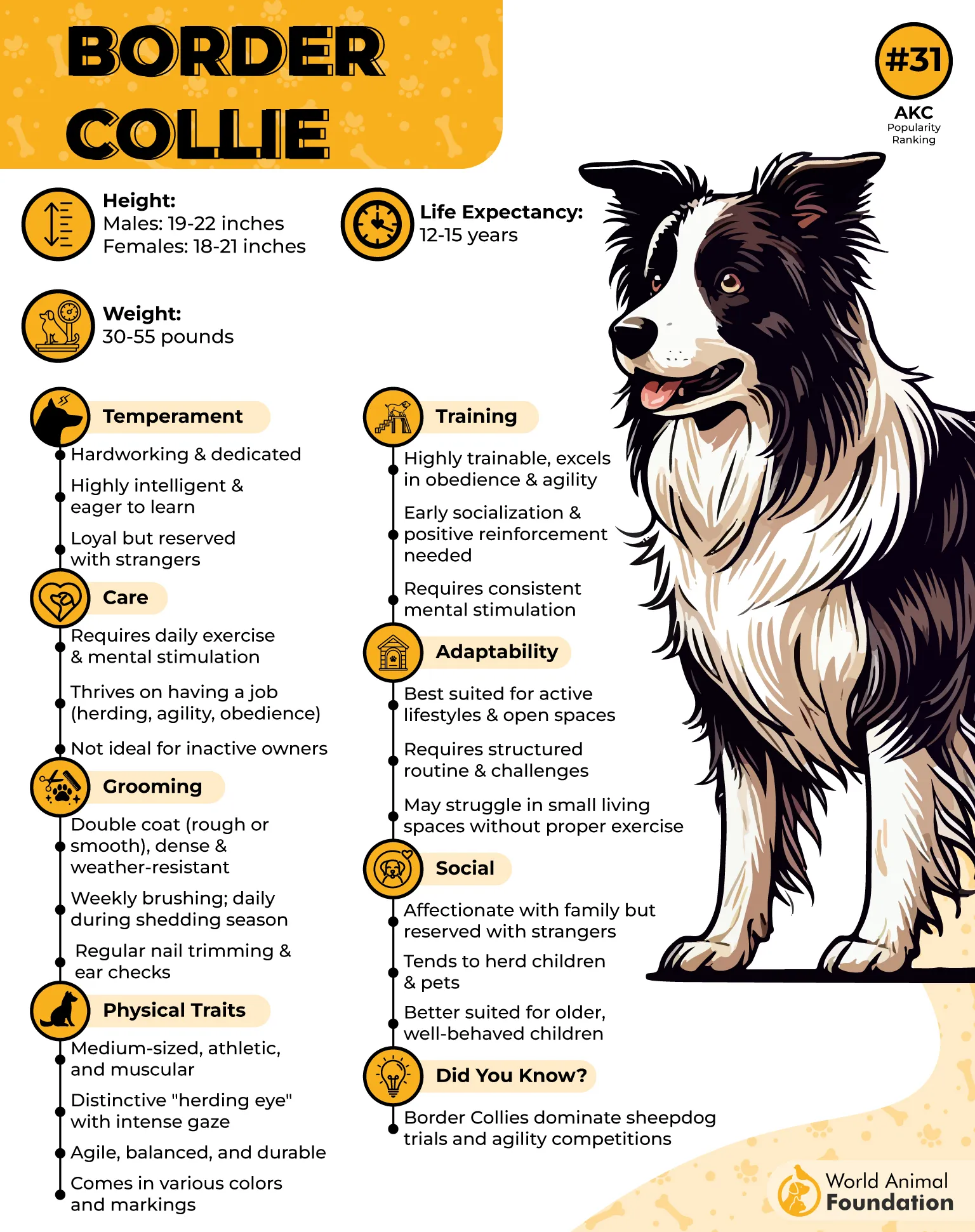
Energy & Daily Activity Needs
Craves wide-open spaces for full-speed sprints, fetch, or great hiking sessions.
Doesn’t settle for routine—thrives on variety and challenge in physical activities.
Becomes restless and creative (not in a good way) without daily exercise.
Training & Mental Engagement
Exceptionally quick to learn complex commands, tricks, and task-based games.
Excels in sports like flyball, disc work, and rally thanks to its sharp instincts.
Benefits from structured play that mixes mental stimulation with movement.
Lifestyle & Breed Characteristics
Uses an intense, signature “eye” to herd animals, kids, or even unsuspecting small children.
Often reserved around new people, early socializing helps build confidence.
Master-level escape artist if bored, so a secure house and yard setup is non-negotiable.
4. Australian Shepherd
Despite what the name suggests, the Australian Shepherd is a true product of the American West. Developed to herd livestock across rough terrain, this breed is built for motion, brains, and endurance.
If you’re looking for a dog that can spend hours outside, then bounce right back for more; this is it. Highly social and intensely focused, Aussies don’t just enjoy having a job — they need one.
Energy & Daily Activity Needs
Thrives with fast-paced games involving coordination, like frisbee or flyball.
Easily bored indoors and tends to get vocal when understimulated.
Training & Mental Engagement
Master complex tasks and enjoys structured skill-building sessions.
Naturally excels in roles like therapy work and search and rescue.
Loves trick training that mixes movement with focused attention.
Lifestyle & Breed Characteristics
Commonly born with heterochromia—eyes in two different colors or patterns.
May have a bobbed tail, either natural or docked for safer herding.
While affectionate with family, they can be reserved with unfamiliar faces.
5. Vizsla
Hungarian Vizslas are the definition of active dogs. With their sleek build and natural athleticism, they’re built for movement. But it’s not just about physical speed.
Vizslas are emotionally wired to be close to their people, earning the nickname “Velcro dogs” for their deep loyalty and constant shadowing. If you lead an active lifestyle and want a companion who’ll match your every step, this dog breed fits the profile.
Energy & Daily Activity Needs
Needs more than just movement—thrives when physical exercise is paired with mental stimulation.
A perfect fit for owners who spend time in open spaces and like to mix it up.
Training & Mental Engagement
Still maintains a strong working dog instinct, especially in tasks that simulate field work.
Ideal for games that combine scent work with movement to keep the brain fired up.
Lifestyle & Breed Characteristics
Naturally affectionate and prefers staying close to owners at all times.
Vizsla pups are born with striking blue eyes that later shift to warm amber tones.
Webbed feet and lean build make them excellent swimmers, though they’re sensitive to cold due to lighter fur.
6. Labrador Retriever
The Labrador Retriever is one of the most popular dog breeds for a reason: it’s the ultimate mix of enthusiasm, affection, and adaptability. Whether you’re heading out for long hikes, a dip in the lake, or just spending hours at the dog park, Labs are always ready.
According to WebMD, their fun personalities and love for movement make them ideal for pet parents who like to be on the move and bring their dogs along for the ride. With a tail that acts like a rudder and webbed feet built for swimming, they thrive in nature just as much as they do curled up with family.
Energy & Daily Activity Needs
These active dogs were bred to retrieve in icy waters and still love swimming, even in cold lakes or rivers.
With their thick coats and muscular builds, they’re perfect for rugged outdoor adventures year-round.
Labs love long walks, jogs, and off-leash play—just make sure their recall is sharp.
Training & Mental Engagement
Thrive with consistent, positive reinforcement and excel in obedience, agility, and retrieval games.
Need daily mental challenges like puzzle toys, scent work, and varied training drills to prevent boredom-driven mischief.
Lifestyle & Breed Characteristics
Known for their “otter tail” and water-resistant fur, they’re built for aquatic fun.
Their soft mouth lets them carry delicate items (or tennis balls) without damage.
They hold on to their youth, staying goofy and playful well into old age.
7. Jack Russell Terrier
The Jack Russell Terrier might be a small dog, but its energy level rivals that of much bigger dogs. Whether it’s darting through obstacle courses or tearing around the backyard, they bring intensity and focus to everything they do.
They’re perfect for owners with limited space but a serious need for speed—and a love for scrappy, bold breeds that don’t back down from a challenge.
Energy & Daily Activity Needs
Built for high-speed movement and short bursts of power, they thrive with regular exercise that pushes their limits.
Jack Russells enjoy chasing toys, running alongside bikes, and joining their owners on energetic outings.
They’re naturally curious and love investigating scents, textures, and new environments.
Training & Mental Engagement
Responds best to consistent, reward-based methods; needs clear boundaries to manage high energy.
Thrives on puzzle toys, scent games, and agility exercises to prevent boredom and destructive habits.
Trainable, but they’ll challenge inexperienced trainers without a consistent structure and basic sessions.
Lifestyle & Breed Characteristics
Their tri-textured fur is mostly white with tan or black patches, and requires minimal grooming.
Famous for their spring-loaded legs, these pups can leap up to five feet with ease.
Jack Russells are intense diggers—they don’t just enjoy it, they’re wired for it, so a fenced yard is a must.
Conclusion
When it comes to active dogs, not all are built the same, but most dogs thrive when their energy is channeled the right way. While long walks and daily playtime are essential for these energetic pups, remember that every individual dog is unique. Some may demand miles of movement a day, while others are content with short walks and moderate activity.
Unlike couch potatoes, these breeds were born to move. Whether you’re hiking trails or just chasing a ball in the yard, they’re great companions for families with a busy lifestyle. Though they’re generally healthy, even the most loyal and active pet can develop health problems over time. It’s worth staying informed about common health concerns tied to their build and background.
Compared to other breeds, these high-energy pups stand out for their stamina and spirit. The key is regular daily exercise, a bit of patience, and a lot of love. Keep them moving, and they’ll reward you with loyalty, enthusiasm, and a bond that lasts a lifetime—even through the occasional bout of health conditions.


